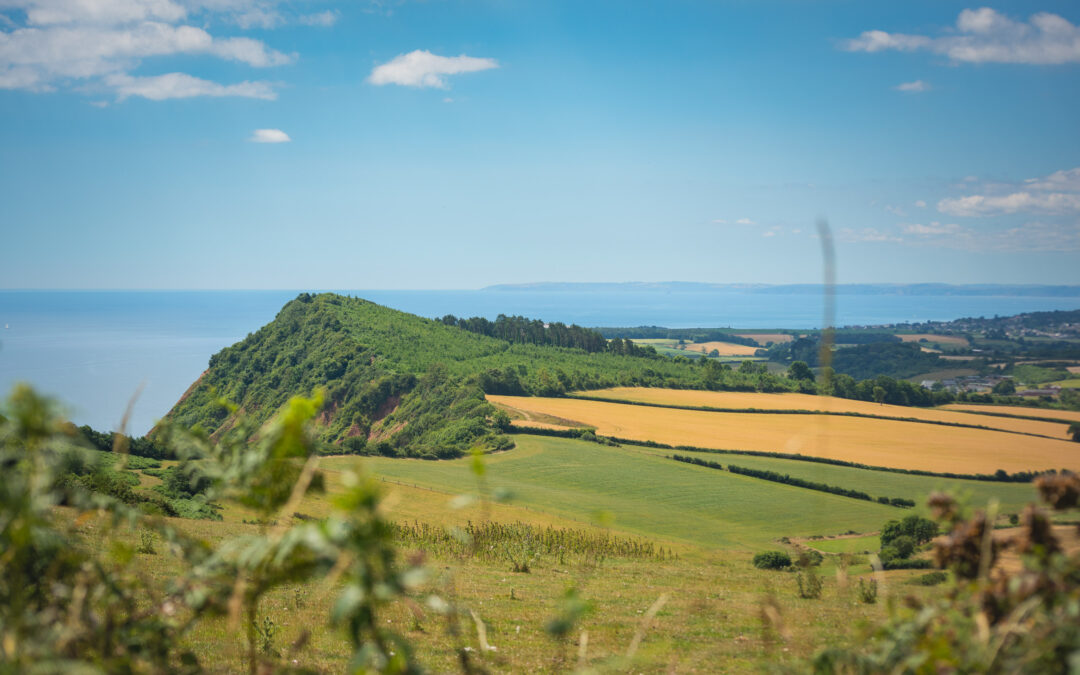Boloria euphrosyne
#SavingSpecialSpecies Projects
Once widespread across the UK, this rare woodland butterfly is now highly threatened in England and Wales.
Its common name comes from the row of white dots or ‘pearls’ that run along the underside edge of its hindwing but, as one of the earliest butterflies to emerge in spring, it is also known as the April fritillary.
Fast ‘on the wing’, they are difficult to follow but can be found flying low or feeding on spring flowers, such as bugle, in sunny woodland clearings or around warm south-facing slopes of grass, bracken and scrub.
Violets are the sole foodplant of its caterpillars. Common Dog-violet is preferred, although it will use Heath Dog-Violet and Marsh Violet.
Why are they in trouble?
Changes in land management have been the main cause of the Pearl bordered fritillary’s drastic decline, particularly a loss of traditional woodland coppicing.
With coppice no longer wanted for industry, woodland areas have been replanted with faster growing trees or left unmanaged, reducing the amount of available habitat for the butterfly.
Insensitive woodland or land management and a further loss of habitat are still the main threat to remaining populations.
%
Decline in UK distribution since 1970s
How will we help this special species?
We need to understand more about the PBF in East Devon.
Based on previous data and sightings, we’ll be working with volunteers and local communities to survey and monitor the area looking for evidence of existing populations and habitats where as-yet undiscovered populations might be found.
We’ll also work with partners and local landowners to promote coppice woodland management and habitat enhancement, as well as running activities in our local communities to tell people about this special butterfly.
LATEST NEWS

Linking East Devon’s Dramatic Cliffs with our Rolling Hills
We are excited to announce the launch of “Connecting Coast and Country,” a new project designed to bring the dramatic East Devon coastline and our rolling countryside closer together. Made possible by a £9,995 grant from National Trails UK (NTUK), the project is...
Project contact
For further information on our species recovery project,
contact the:
East Devon National Landscape Team
PROJECT FUNDING

More to Explore
Our National Landscape Projects
We lead, partner and support projects that focus on a wide range of themes, including landscape and heritage, environmental quality and climate, biodiversity, recreation and tourism.
Outdoors & Active
Whether you prefer walking, cycling, running or playing, everyone feels happier and healthier when they spend time in nature being more active.

East Devon Way
Discover the hidden gems of East Devon and explore this much loved walking route that links 40 miles of public footpaths, trails and bridleways.


